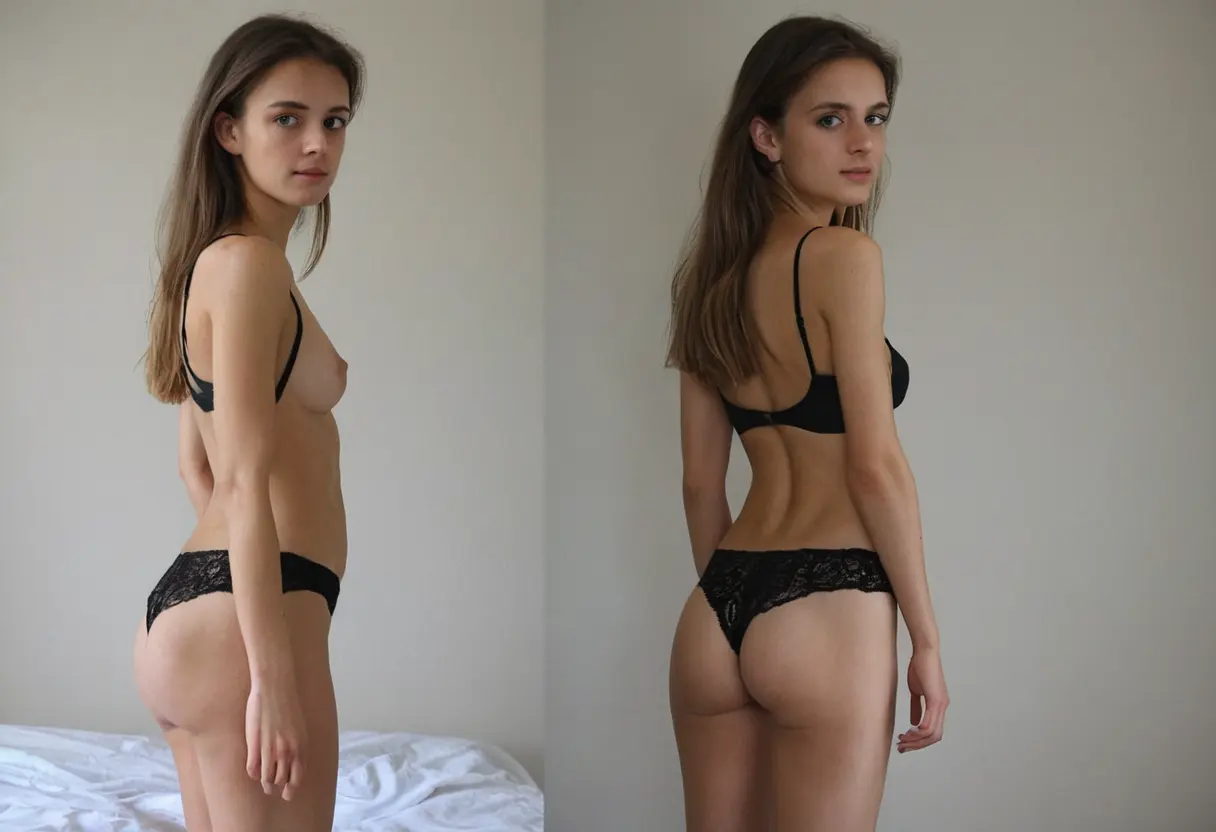
Fashion is constantly evolving, driven by technological advancements that reshape the way we design, manufacture, and experience clothing. One of the most intriguing innovations is the rise of AI undress technology, which has the potential to revolutionize the fashion industry. This cutting-edge technology combines artificial intelligence with imaging and 3D modeling to simulate how clothing fits and behaves on the human body, without the need for traditional fitting sessions. In this article, we will explore the future of fashion with AI undress technology, its role in design, and how it impacts both the creative and commercial aspects of the fashion industry.
AI undress technology refers to advanced algorithms and machine learning models that can predict and visualize how garments fit and look on a person’s body. Through the use of computer vision and 3D scanning, this technology can create a virtual representation of the wearer, allowing designers, retailers, and consumers to see clothing on a digital avatar before making any physical prototypes or purchases.

This technology has significant potential to disrupt traditional garment fitting methods, where physical samples must be created, tested, and modified. With AI undress technology, designers can instantly visualize how their creations would look on different body types, reducing the time and resources needed to create physical prototypes. Additionally, AI-powered fitting tools can also help consumers choose the right sizes, improving the online shopping experience by providing a more personalized approach.

AI undress technology is changing the way fashion designers approach their work. Traditionally, designers have had to rely on physical fitting models, or use software to create 2D sketches that represent how clothing might look on a body. With AI undress technology, designers now have access to a more accurate and dynamic way of visualizing their designs in a 3D space.

One of the most promising benefits of AI undress technology is its potential to offer a highly personalized shopping experience for consumers. With AI-powered virtual fitting rooms, customers can upload their measurements or even use augmented reality to see how clothes will fit and look on their virtual avatars.
This technology addresses the long-standing challenge of online shopping: size inconsistencies and the inability to physically try on clothes. By accurately predicting how a garment will fit on a specific body type, AI can improve customer satisfaction and reduce the number of returns caused by size issues.
Despite the many advantages, the integration of AI undress technology into the fashion industry raises several challenges and ethical concerns. One of the primary issues is privacy. Since this technology often requires scanning and analyzing users' body data, it’s essential for companies to prioritize data security and ensure that users' personal information is protected.
Another concern is the potential for reinforcing unrealistic beauty standards. While AI can offer highly accurate virtual representations of clothing, there is the risk of creating hyper-realistic avatars that adhere to narrow beauty ideals, which may alienate diverse body types and perpetuate harmful stereotypes.
Furthermore, there are potential legal implications related to intellectual property rights. As AI systems become more capable of generating new designs and garments, questions may arise about the ownership of these creations and how designers and companies can protect their work from infringement.
The future of fashion is undoubtedly intertwined with the development of AI undress technology. As the technology continues to evolve, we can expect to see further integration of AI in various stages of fashion production, from initial design concepts to final consumer purchases. The use of AI could lead to more inclusive fashion lines, offering clothing that caters to a broader range of body shapes and sizes. It will also help streamline supply chains, reduce environmental impact, and enhance customer satisfaction through personalized shopping experiences.
The integration of AI undress technology into the fashion industry is poised to revolutionize the design process, consumer experience, and overall market dynamics. While challenges remain in terms of privacy and ethical concerns, the benefits—ranging from more personalized shopping experiences to sustainable design practices—are undeniable. As AI continues to develop and shape the future of fashion, we can expect a more innovative, efficient, and inclusive industry that embraces both technological advancement and creativity.